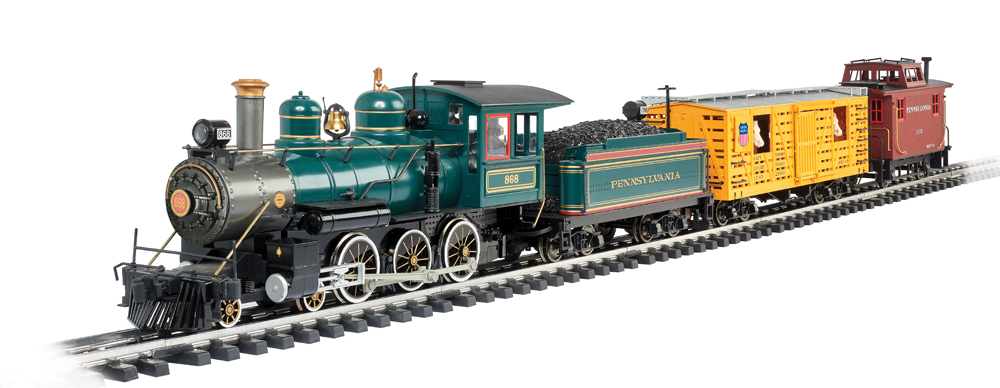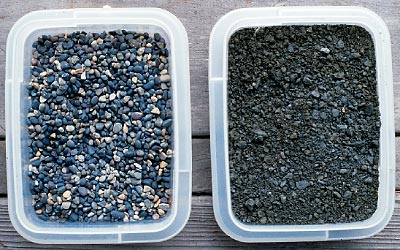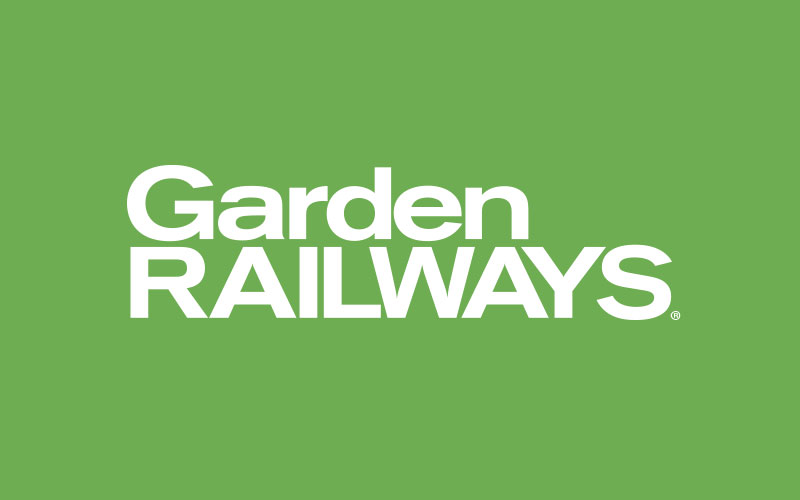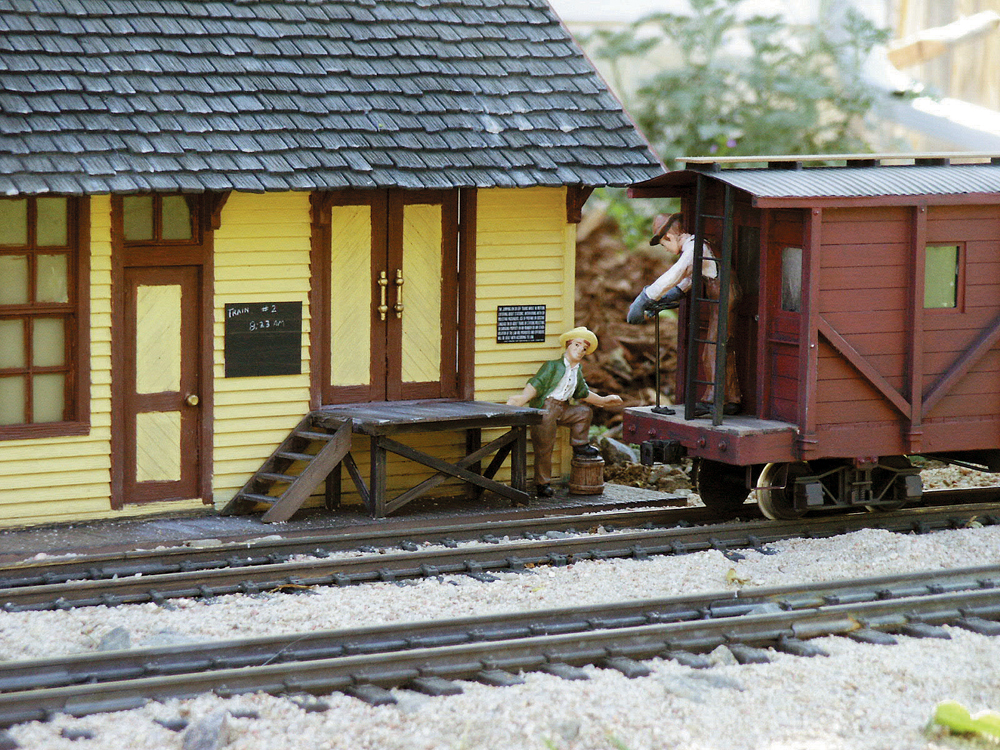
Structures are the easiest way to bring a scene to life. As with anything on the railroad, scale is the primary concern. You’ll want to find structures that match the scale of your trains. That’s not always as easy as just looking on the box. Even in commercial kits where a scale is designated, architectural details, such as doors, may be too big or too small for the specified scale. (Rule of thumb: Doors should be between 6′ and 7′ tall.) For instance, a kit specified for 1:24, but with tall doors, may work well on a 1:20.3-scale railroad.
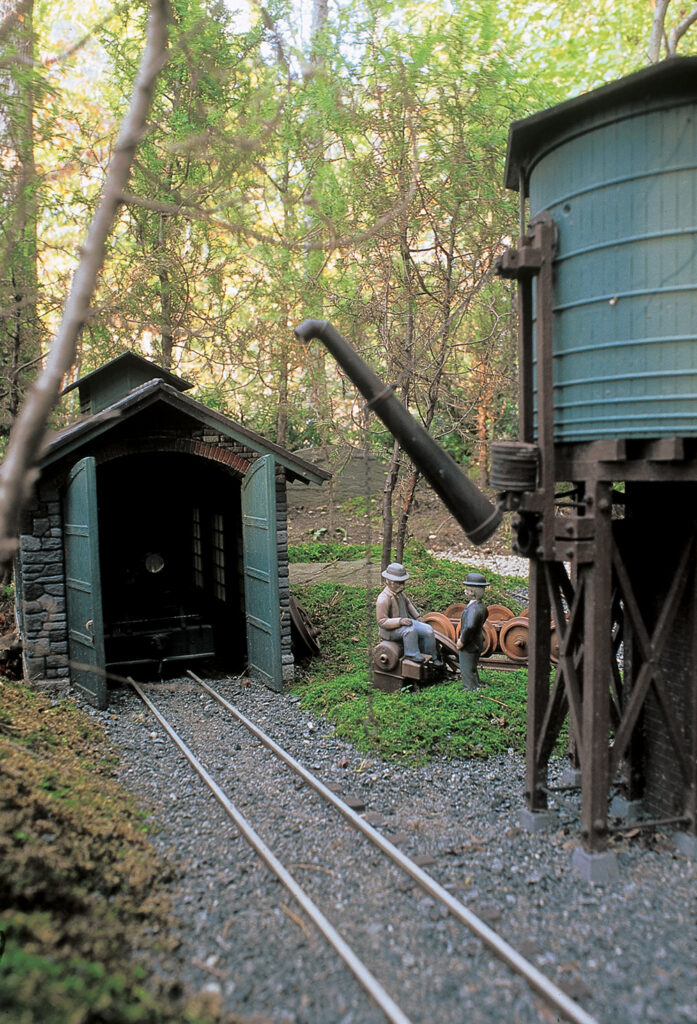
If you want low maintenance, look at the commercially available lines of plastic kits. By and large, these are sturdily constructed and will stand up to UV (ultra-violet) sun damage. A coat of paint will further aid the UV resistance of the plastic.
If you want a medium that will give you more flexibility in building design and construction, look at wood kits. Wood must be treated with a preservative of some sort or it will fall apart in short order.
Once the set is constructed, you need to fill it with props. These come in the form of figures and other accessories, like vehicles, signs, and furniture. Some of these items show up frequently at local hobby shops. Many more show up in stores and at flea markets and garage sales. The trick is to know how to shop.
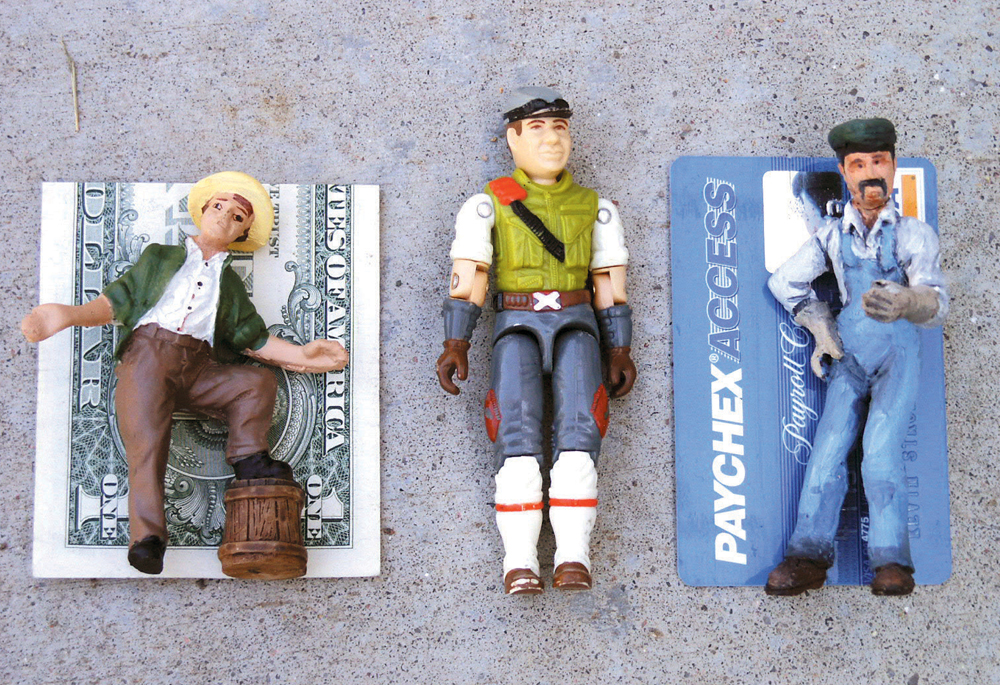
If you don’t have a ruler handy, there are some common items we all carry when we go shopping that can help. The first is an ordinary dollar bill. It is 2 1/2″ tall, which is about 6′ in 1:29 scale. If the figure you’re looking at is as tall as your dollar bill, then it’s the right size for that scale.
That same dollar bill, when folded in half widthwise, measures 3″, or 6′ in 1:24. If you’re modeling in that scale, then a proper figure needs to fall around that height. If you’re modeling in 1:20.3, pull out your credit card. The width of a credit card measures 5’8″ in 1:20.3.
I find a lot of children’s action figures to be acceptable. Around Christmas, you can find a variety of Department 56-style figures that will also work well. You can also find properly scaled accessories, such as lamps, benches, vending machines, and the like, in these collections.
Hobby shops often carry plastic military figures in various scales, most commonly 1:32, though I have seen them in 1:20.3. The Britains line of figures may work for 1:32 or 1:29, depending on the figure’s size.
Dollhouse stores are good places to look for various accessories. These are typically limited to 1:24 scale, but items like lamps, hinges, and door knobs can be used in other scales without looking at all bad.
Flea markets often turn up unique items. I’ve found birdhouses and mailboxes that would make suitable structures. I’ve also found refrigerator magnets and pencil sharpeners that scale nicely.
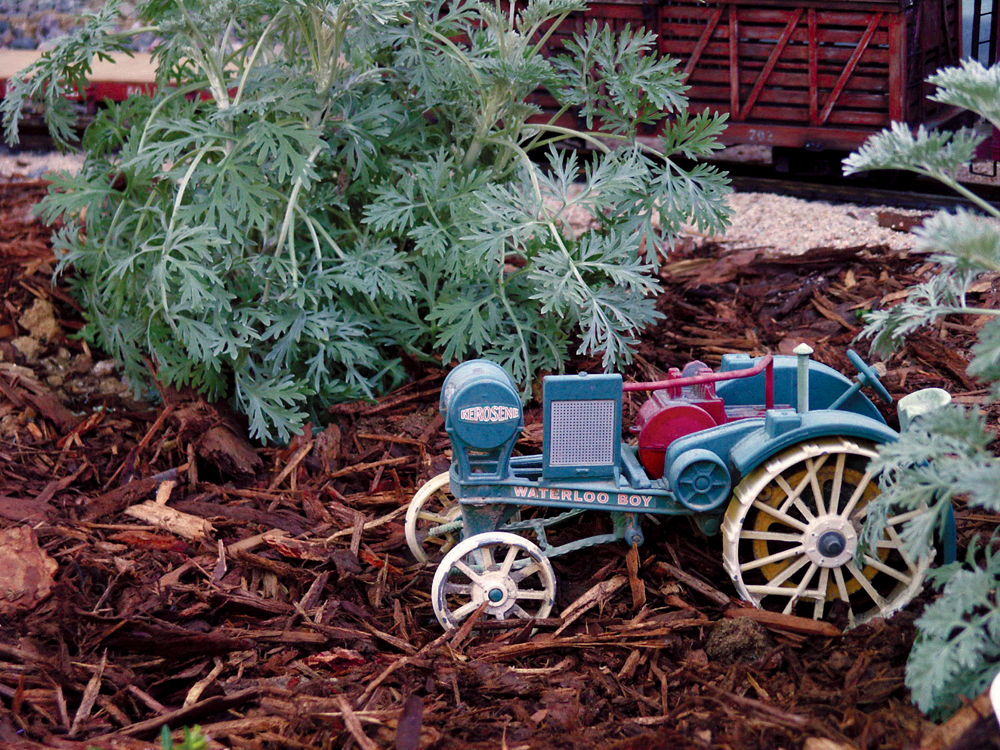
Vehicles, be they horse-drawn or automobiles, are harder items to find in the proper scale. If you model in 1:24, you’re in luck. Many plastic kits are built to this scale. The old Hubley line of metal car kits is available in 1:20 scale. Many die-cast metal cars found at hobby shops are labeled as 1:18.
Horse-drawn wagons and stagecoaches are harder to come by, but check a toy store. Many “old west” play sets have stagecoaches that will work well. They’ll need a coat of paint before going outdoors. Play sets are also great for farm animals.





